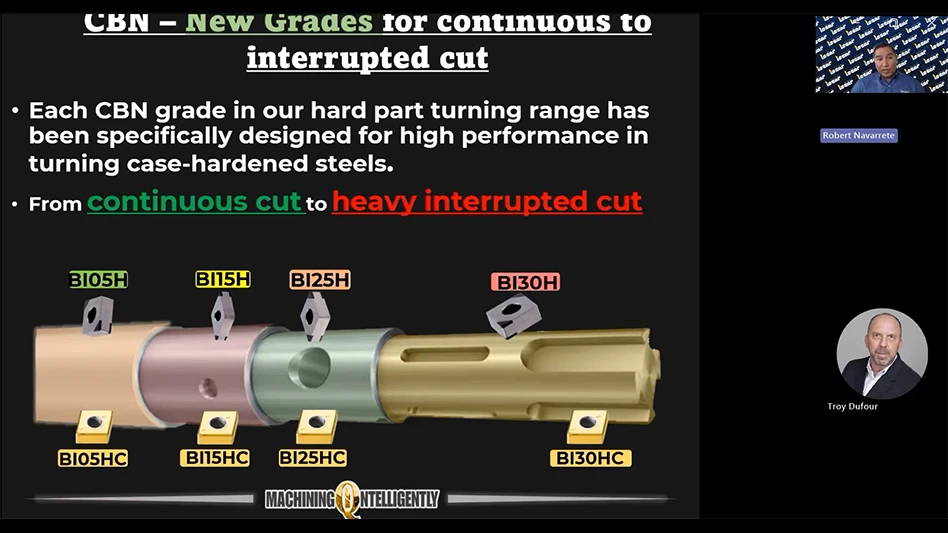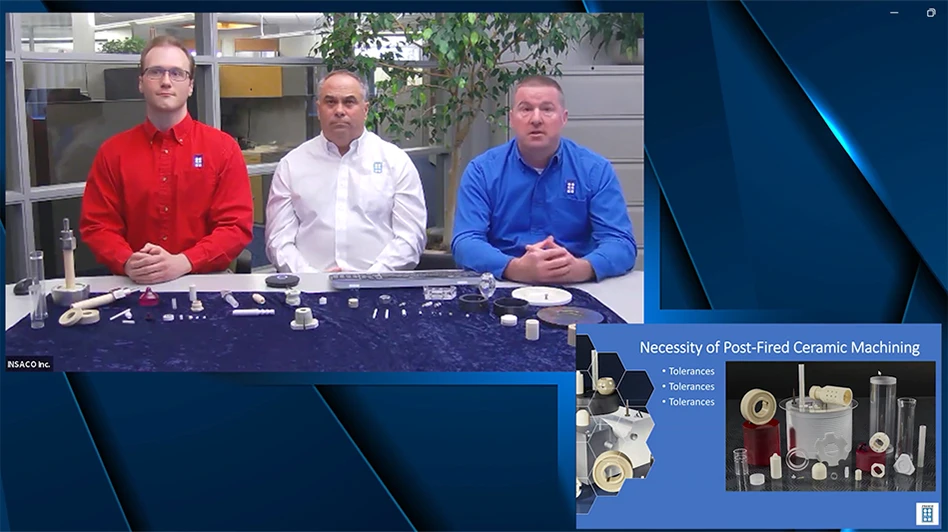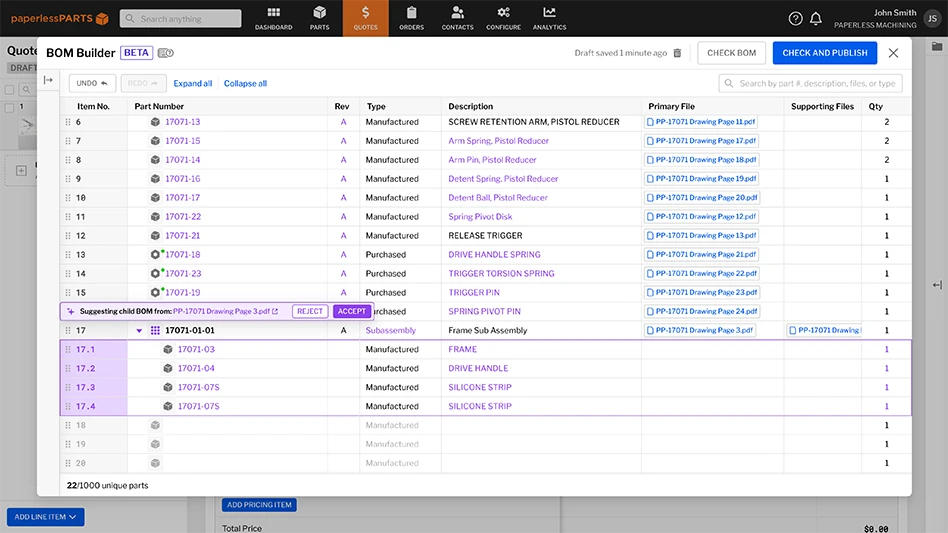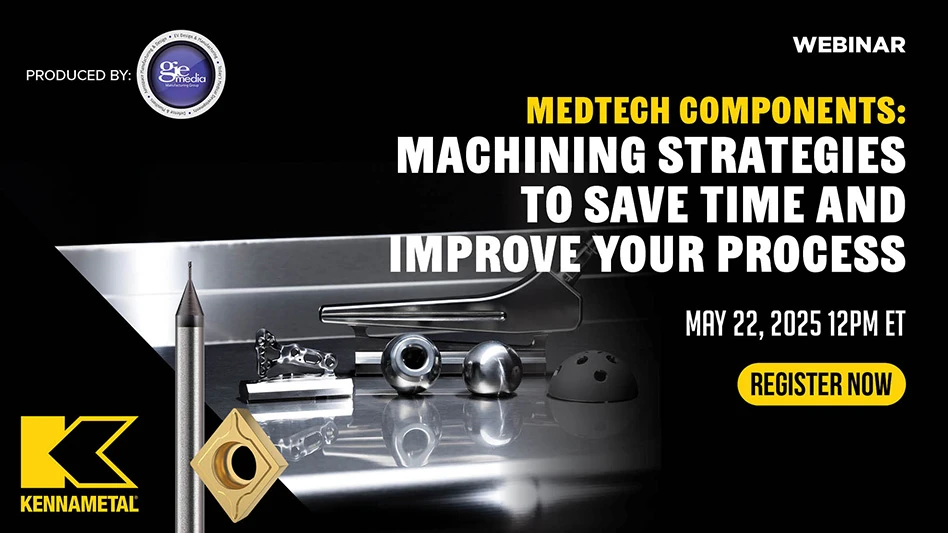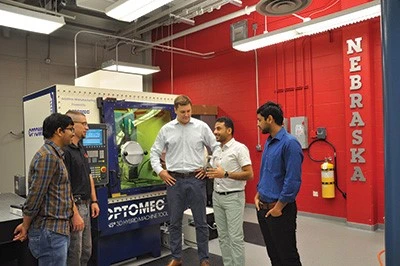

Dissolvable magnesium medical components could be 3D-printed, patient-specific implants that would melt away in a controlled manner, eliminating the need for second surgeries and reducing risks, costs, and suffering for patients. Dr. Michael Sealy, assistant professor, mechanical and materials engineering at The University of Nebraska-Lincoln (UNL) and a pioneer in advanced manufacturing research, is using an Optomec LENS Hybrid Controlled Atmosphere System to develop such components. The advancements could have broad-reaching implications in the design and manufacture of next-generation medical implants.
“Our research is focused on advancing the performance and functionality of dissolvable devices. Using LENS, we are applying a hybrid additive manufacturing process to control the disintegration of medical fasteners and plates, so they stay intact long enough to serve their purpose and then degrade away once the bone is healed,” Sealy says.
Titanium and stainless steel plates and screws are permanent structures that often have high complication rates, requiring a second surgery for removal. By using the LENS Hybrid Controlled Atmosphere System to print patient-specific magnesium implants with a controlled time to dissolve, Sealy’s team is helping eliminate that issue.
“Two years ago, at IMTS 2016, Dr. Sealy and his team at UNL became the first customer of our LENS Hybrid Controlled Atmosphere system,” says Tom Cobbs, LENS product manager at Optomec.
Last month at IMTS 2018, Optomec recognized Sealy’s innovative use of hybrid AM to create and qualify a new class of metal components with unique properties. The system enables the design and manufacture of components with a combination of properties unobtainable using traditional metal working methods.
Powdered metals such as magnesium, titanium, and other reactive materials must be processed in a controlled atmosphere environment where oxygen and moisture impurities are maintained at less than 10 parts per million. Sealy used the Optomec system to process these materials to maintain the strength and integrity of a degradable implant long enough for it to do its job. The technique requires coupling LENS deposition technology with layered surface treatments to print 3D metal components in magnesium with controlled degradation. Controlling a structure’s disintegration is not only for applications in orthopedics, cardiology, and urology, but also for other applications such as lightweight aerospace and automotive structures.
Optomec
http://www.optomec.com
University of Nebraska-Lincoln (UNL)
http://www.unl.edu
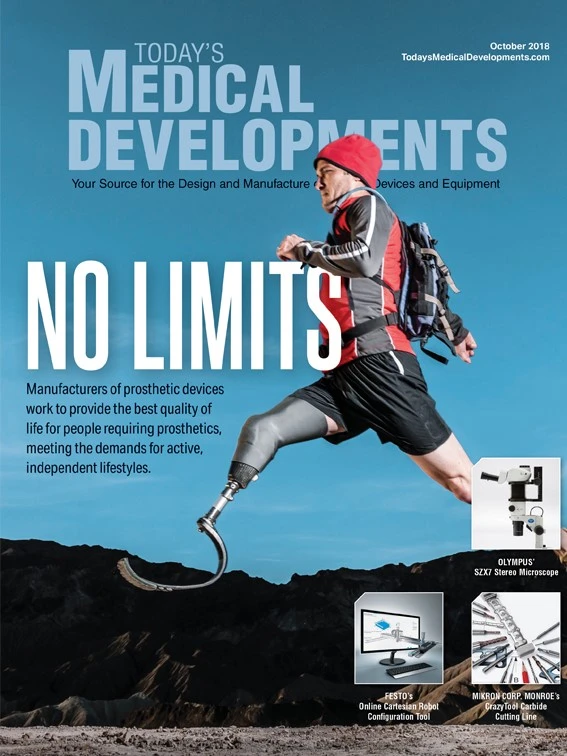
Explore the October 2018 Issue
Check out more from this issue and find your next story to read.
Latest from Today's Medical Developments
- North America's supply chains face sharp decline due to tariffs
- Experience precision: GF Machining Solutions' CUT F Series wire EDM
- Mastering high-temp alloys with Kennametal Inc.
- Integer expands operations in Salem, creating 83 jobs
- Siemens unveils new Teamcenter X: Revolutionizing SaaS PLM for all manufacturers
- 3 Questions with an Expert with Allied Machine & Engineering
- Supply Chain Power – A strategic program for executives
- Sunnen Products' PGE-6000 gage


